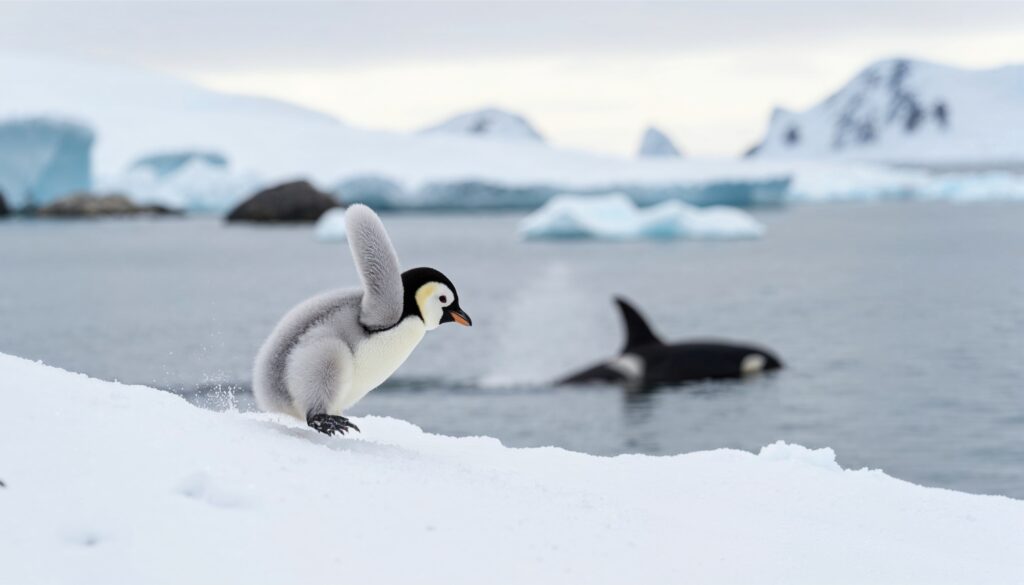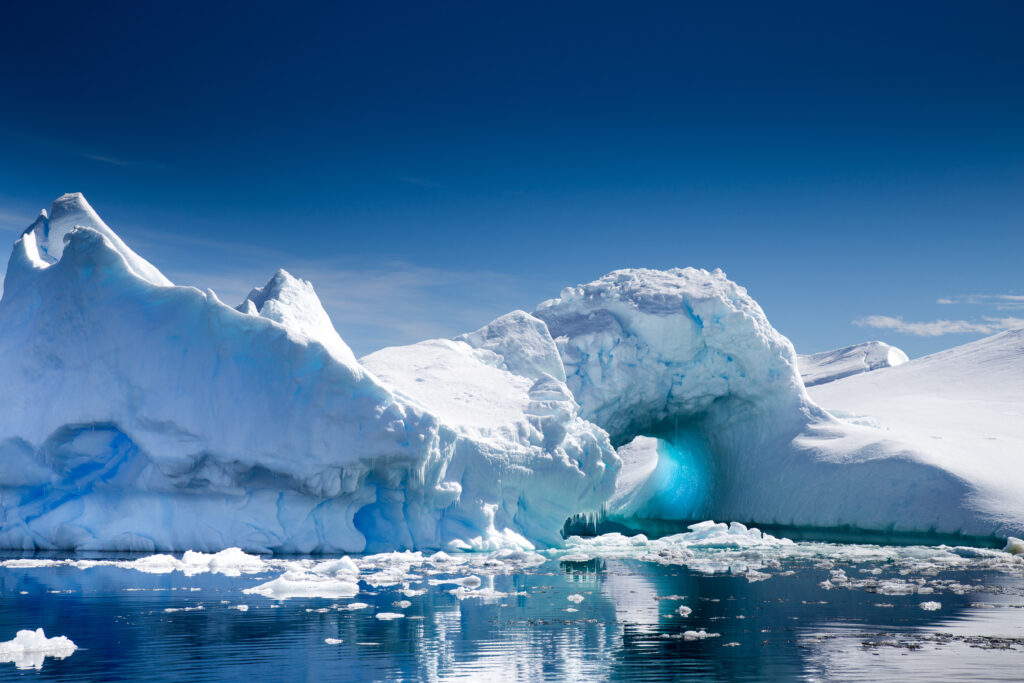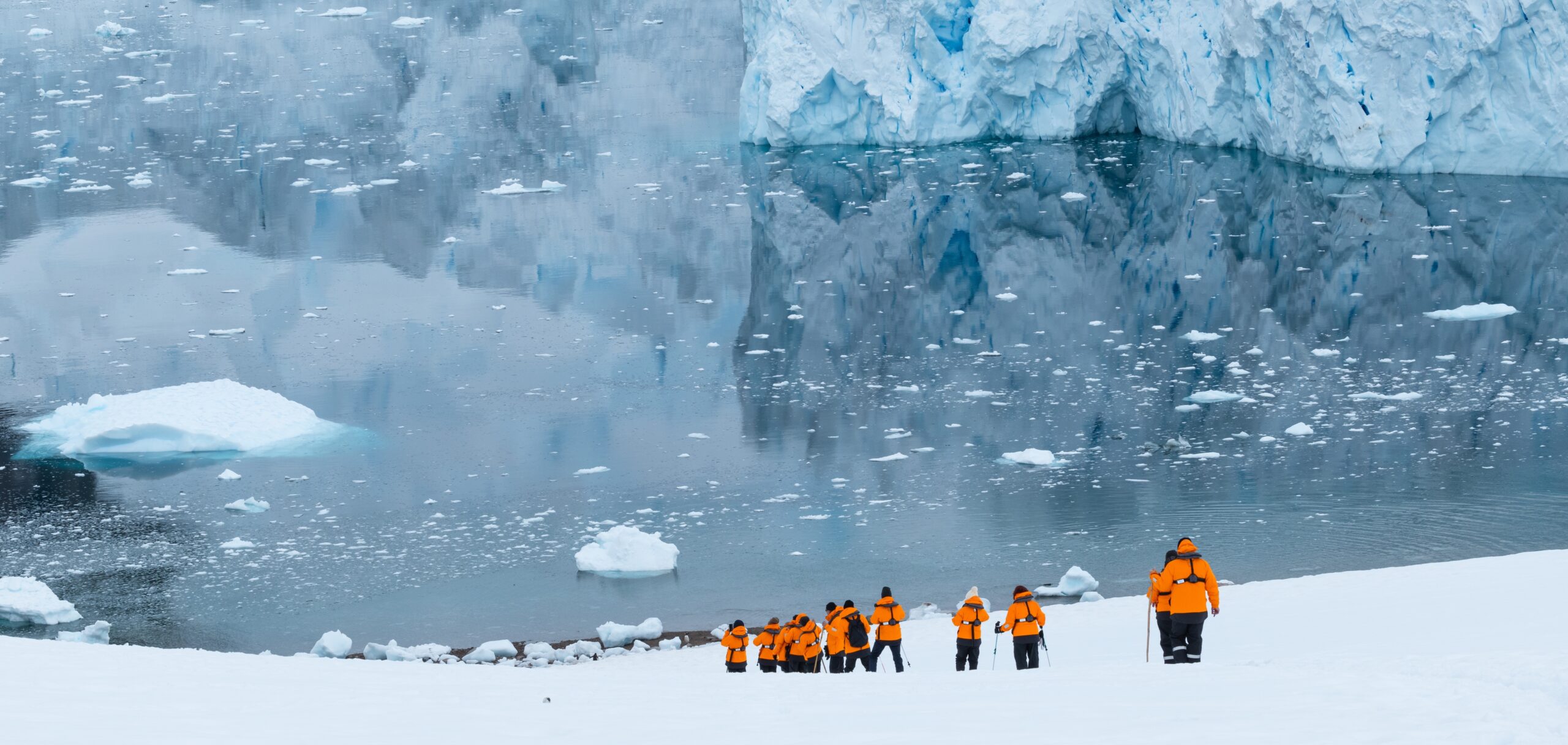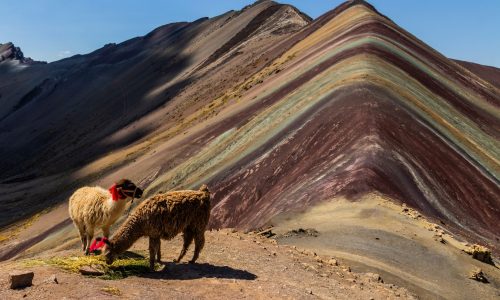Antarctica, the planet’s southernmost frontier, is a land of towering icebergs, untouched glaciers, and unique wildlife. For bold travelers, it’s a bucket-list destination that promises unparalleled adventure. But a journey to this icy continent requires careful planning and an awareness of its challenges. From timing your trip to navigating potential risks, here’s your guide to visiting Antarctica responsibly and safely.
Why Visit Antarctica?
Antarctica is a world apart, offering raw natural beauty and a chance to witness ecosystems found nowhere else. Picture yourself gliding past shimmering ice formations, watching penguins march across snowy slopes, or spotting whales breaching in icy waters. Beyond its stunning landscapes, Antarctica is a hub for scientific discovery and a critical region for understanding climate change. A trip here is more than a getaway—it’s an immersion into Earth’s last great wilderness.
When to Go
The Antarctic travel season runs from November to March, during the Southern Hemisphere’s summer, when temperatures range from 20°F to 50°F and daylight stretches up to 20 hours. Each period offers distinct experiences:
- November: Pristine snowscapes and early wildlife activity make this ideal for photographers seeking untouched vistas.
- December–January: Peak season brings warmer weather, bustling penguin colonies, and hatching chicks, perfect for wildlife enthusiasts.
- February–March: Late season is prime for whale watching, with humpbacks and orcas more active, plus vibrant sunsets for dramatic views. Antarctica’s weather is notoriously unpredictable, so flexibility is essential.

How to Get There
Antarctica’s remote location means no commercial airports or permanent settlements. Most travelers reach it via expedition cruises from Ushuaia, Argentina, the world’s southernmost city. Here’s how to plan:
- Fly to Ushuaia: Book flights to Ushuaia, typically through Buenos Aires, Argentina, the main departure port for Antarctic cruises.
- Select a Cruise: Expedition cruises, lasting 10 days to three weeks, are the primary way to visit. These polar-ready ships, often carrying 100–200 passengers, include expert-led tours with scientists and naturalists.
- Other Options: Some cruises depart from Punta Arenas, Chile, or New Zealand/Australia for longer East Antarctica routes. Fly-cruise packages, flying from Punta Arenas to King George Island, skip the rough Drake Passage crossing. The Drake Passage, a 500-mile stretch between South America and Antarctica, can be turbulent, posing challenges for those prone to seasickness.
Choosing the Right Trip Antarctic expeditions vary in focus and style.
Consider these factors:
- Ship Size: Smaller ships (under 100 passengers) offer intimate experiences and access to tighter channels, while larger vessels provide more amenities.
- Activities: Most trips include Zodiac boat tours, shore landings, and educational talks. Adventure seekers can opt for kayaking, ice camping, or polar plunges on select itineraries.
- Sustainability: Choose operators following International Association of Antarctica Tour Operators (IAATO) guidelines to protect the fragile ecosystem. Budgets typically start at $5,000–$10,000 per person for a 10-day trip, excluding flights to the departure port.
Risks of Traveling to Antarctica
While Antarctica is a thrilling destination, it comes with unique risks that travelers must prepare for:
- Extreme Weather: Sudden storms, high winds, and freezing temperatures can disrupt plans or make outdoor activities hazardous. Always follow your expedition team’s guidance.
- Rough Sea: The Drake Passage is infamous for choppy waters, with waves sometimes exceeding 30 feet. Seasickness is a common issue, and severe conditions can delay or cancel landings.
- Medical Isolation: Antarctica has no hospitals or pharmacies. Minor injuries or illnesses must be treated on board, and serious emergencies may require evacuation, which can take days due to the remote location.
- Environmental Hazards: Slippery ice, unstable snow, and crevasses pose risks during landings or hikes. Proper gear and adherence to safety protocols are critical.
- Wildlife Encounters: While penguins and seals are generally harmless, maintaining a safe distance (per IAATO guidelines) prevents stress to animals or unexpected reactions.
- Environmental Impact: Unintentional harm, like introducing non-native species or disturbing habitats, can damage Antarctica’s delicate ecosystem. Strict biosecurity measures, like cleaning boots, are mandatory. Mitigate risks by choosing reputable operators, packing appropriate gear, and ensuring you’re in good health before departure.
What to Pack
Antarctica’s harsh climate demands thoughtful packing. Cruise operators provide gear lists, but key items include:
- Layered Clothing: Thermal base layers, fleece mid-layers, and a waterproof, insulated jacket. Many cruises provide a parka.
- Footwear: Insulated, waterproof boots (often supplied) for landings.
- Accessories: Waterproof gloves, a warm hat, sunglasses, and high-SPF sunscreen to protect against intense UV rays due to the ozone hole.
- Gear: A camera, binoculars for wildlife, and a dry bag for electronics during Zodiac trips.
Visa and Health
Requirements Antarctica, governed by the Antarctic Treaty, requires no visa but a valid passport for travel through Argentina or Chile. Good physical fitness is recommended due to active excursions. Consult your doctor about vaccinations and seasickness remedies. Travel insurance, often mandatory, should cover medical evacuations given Antarctica’s isolation.

Environmental Responsibility
Antarctica’s ecosystem is fragile, and tourism must minimize impact. Follow IAATO rules: keep 15 feet from wildlife, avoid littering, and adhere to biosecurity protocols. Responsible travel preserves this pristine region for future explorers.
Planning Tips
– Book Early: Popular cruises sell out a year in advance, especially for December–January.
– Budget Smart: Account for flights, Ushuaia accommodations, and insurance.
– Embrace Disconnect: Wi-Fi is rare, so prepare for a digital detox and focus on the experience.
– Health Prep: Ensure you’re fit for active excursions and consult a doctor about managing seasickness or other health concerns.
Why It’s Worth It
Despite the risks, Antarctica offers an unmatched adventure. From the glow of ancient glaciers to the chatter of penguin colonies, every moment feels like stepping into another world. It’s a chance to connect with nature, reflect on our planet’s fragility, and create memories that last a lifetime. Ready for the journey of a lifetime? Visit frontlineglobal.io to purchase some peace of mind for your Antarctica adventure.








